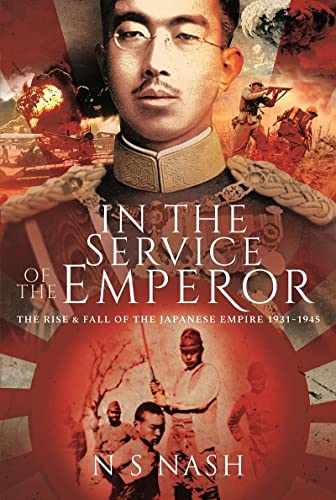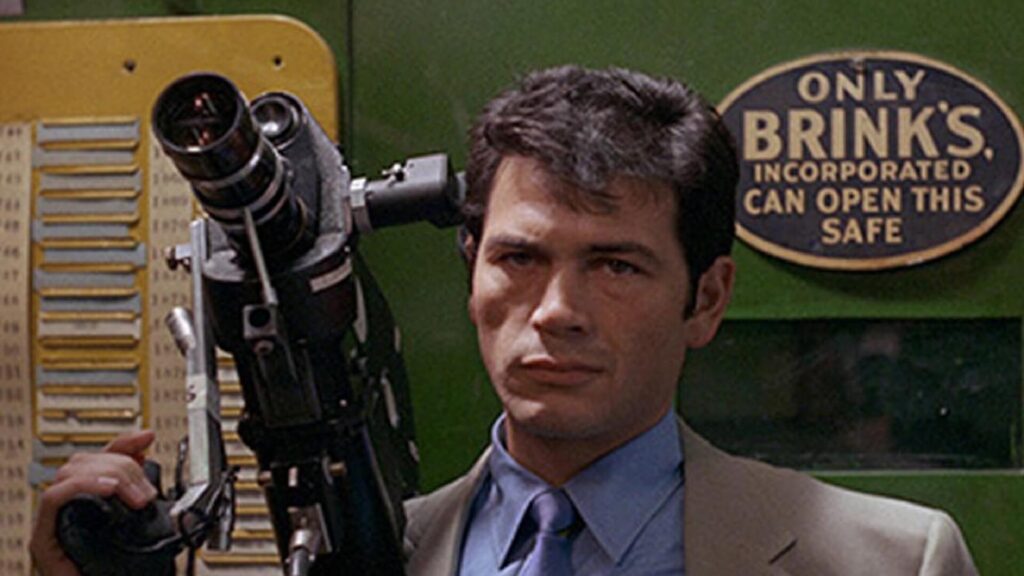In the Service of the Emperor: The Rise and Fall of the Japanese Empire, 1931–1945
WW2 was fought as two parallel and largely unrelated wars; the German war and the Japanese war. The Japanese war is usually regarded as the subsidiary conflict but was nevertheless vast, ranging across a third of the globe, from Hawaii to Sri Lanka, from Alaska to Australia, and involving millions of combatants and billions of civilians.
Most books about the Japanese war begin in 1941, with Pearl Harbour, but it really began ten years earlier with the ‘Mukden Incident’ in 1931 and the Japanese occupation of Manchuria. The beauty of In the Service of the Emperor is that it takes in the Manchurian and Chinese wars which led on to the wider war, and without which the attack on Pearl Harbour is incomprehensible. Not that Japanese imperialism began only in 1931. Arguably it began with the Sino-Japanese War of 1897, followed by the Russo-Japanese War, the annexation of Korea and Japan’s part in WW1. I would have liked some reference to this, if only for context.
Nash is not shy of incisive and controversial judgements. Although vehemently condemning Japanese war crimes he more or less excuses Japan for Pearl Harbour, saying that America deliberately provoked Japan and that the legend of ‘the Day of Infamy’ is a masterpiece of American propaganda. However, he ducks the debate about Hiroshima and Nagasaki, dealing with it in a single page.
This is not an in-depth study of the strategies and objectives of the combatants but a concise yet comprehensive overview of what happened. The book is well illustrated, with plenty of maps.










